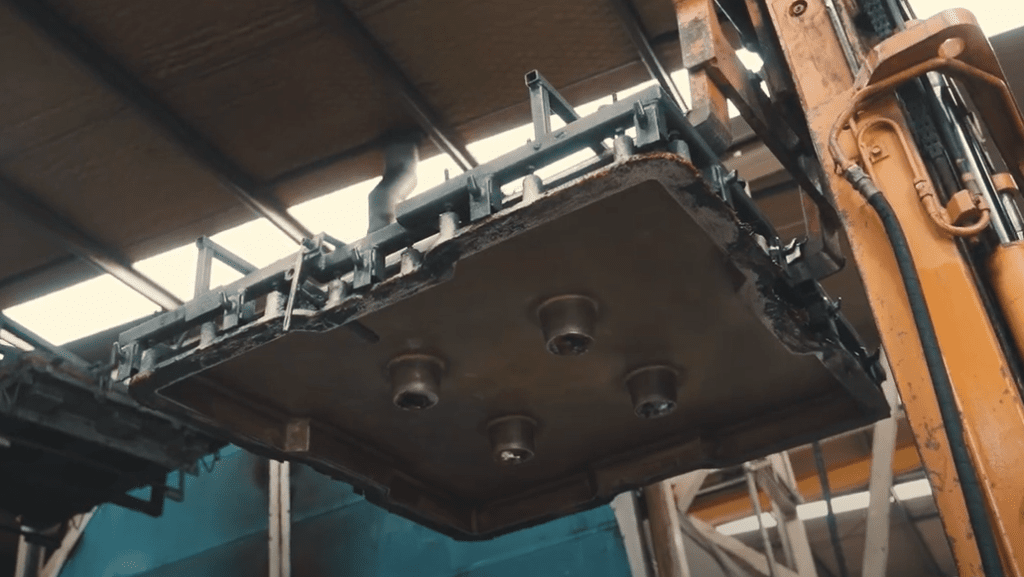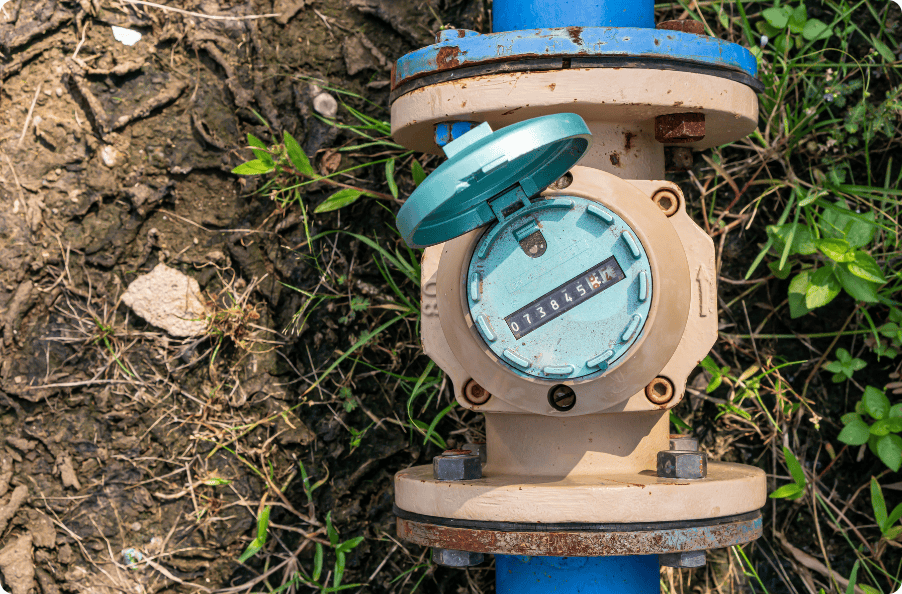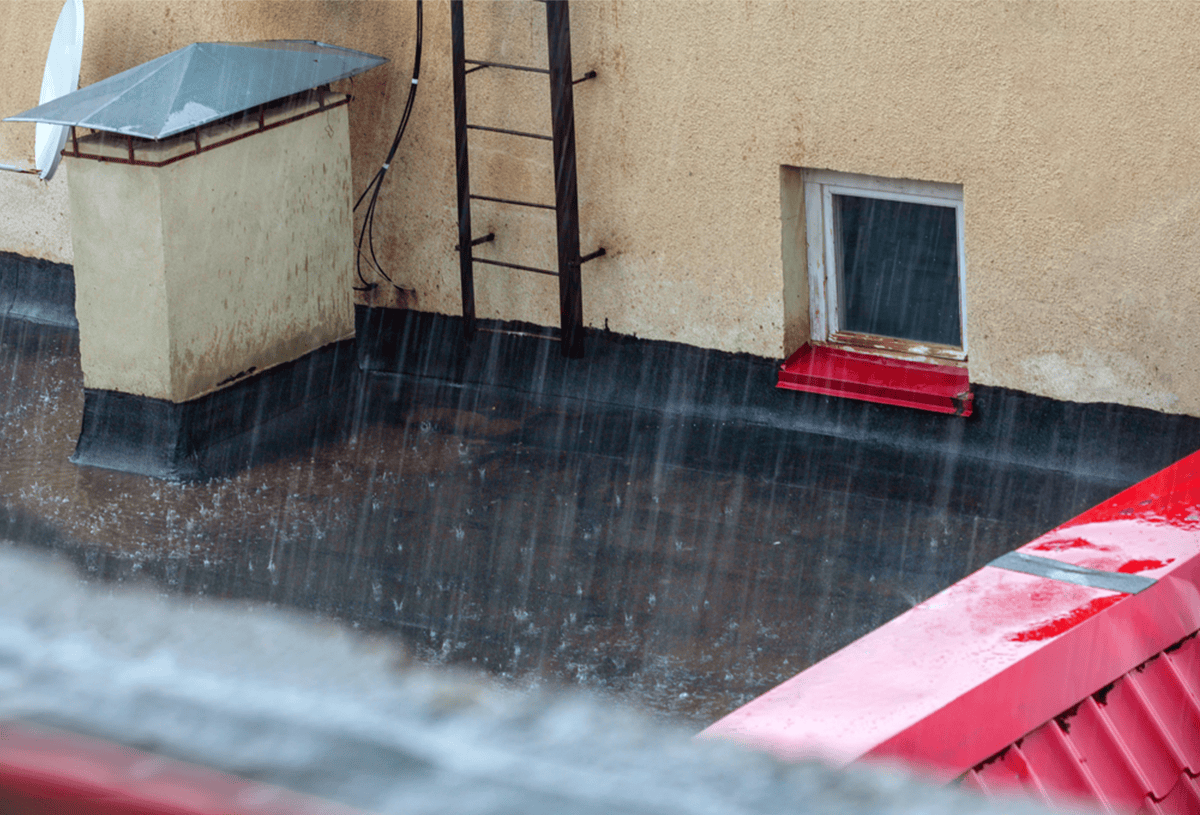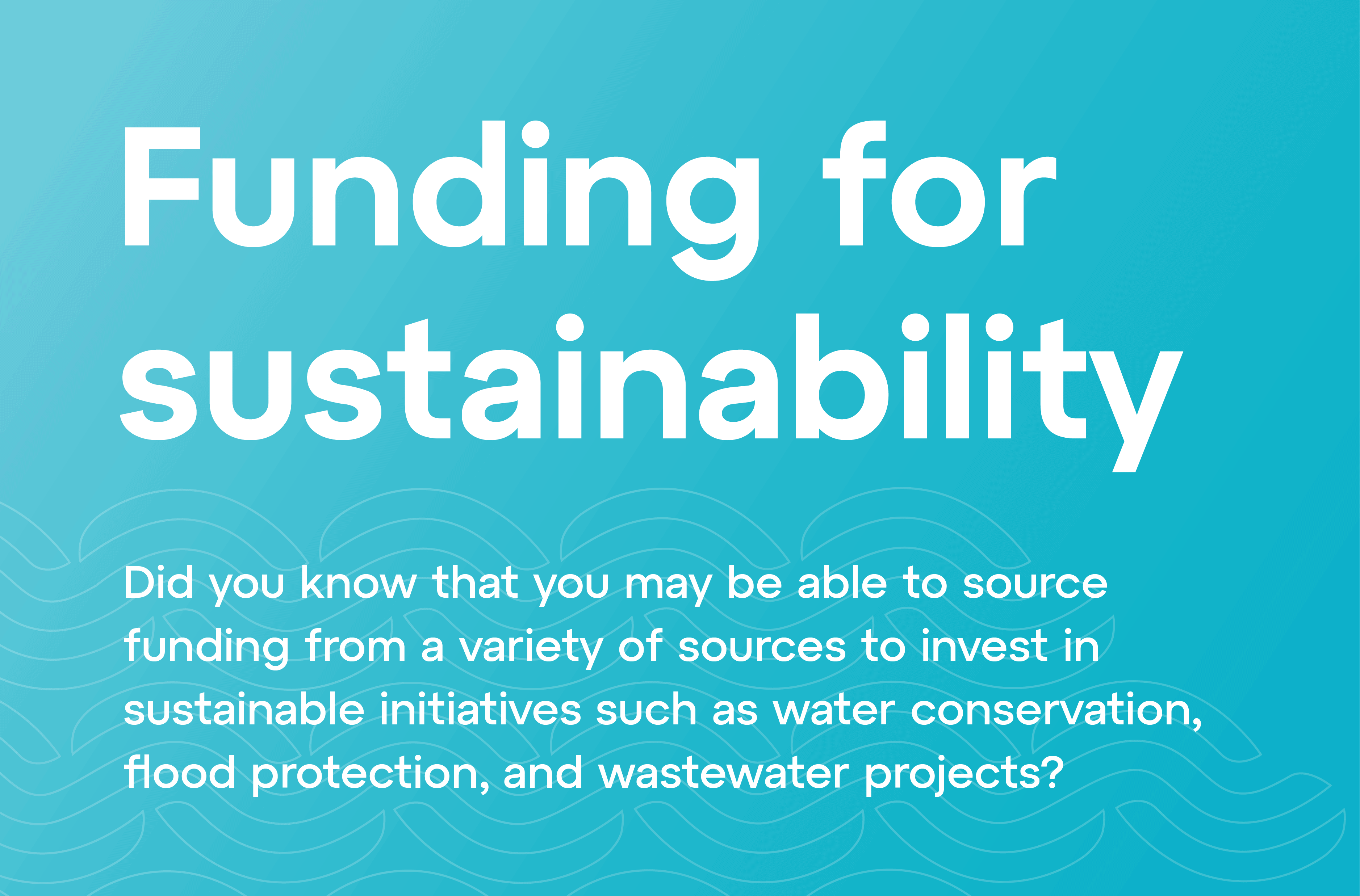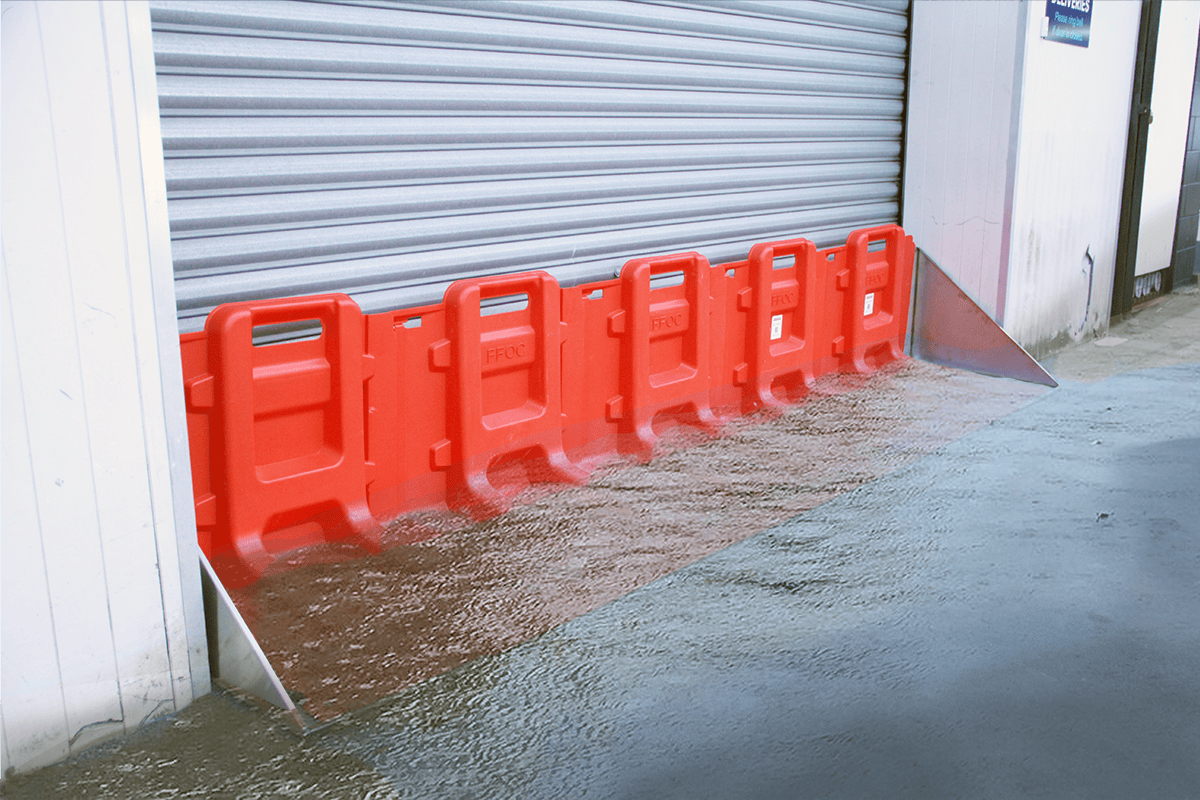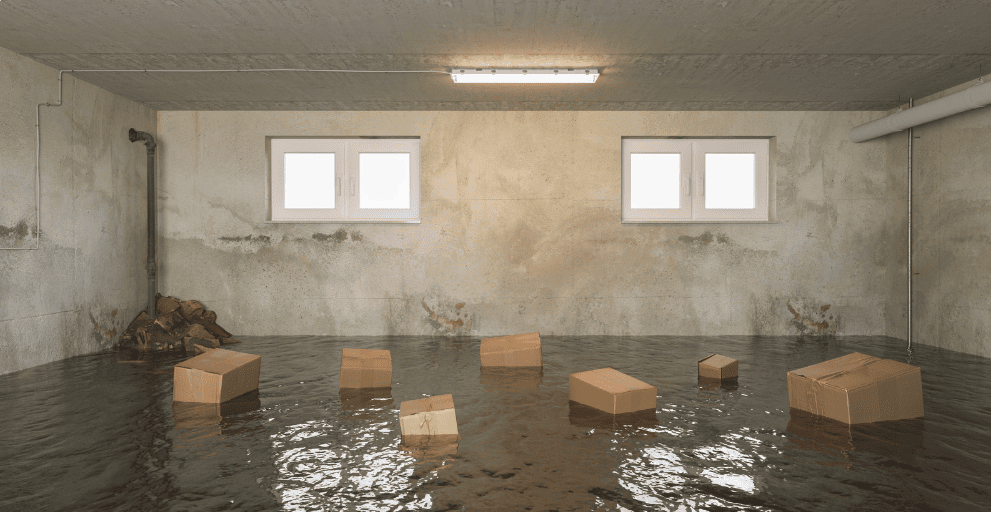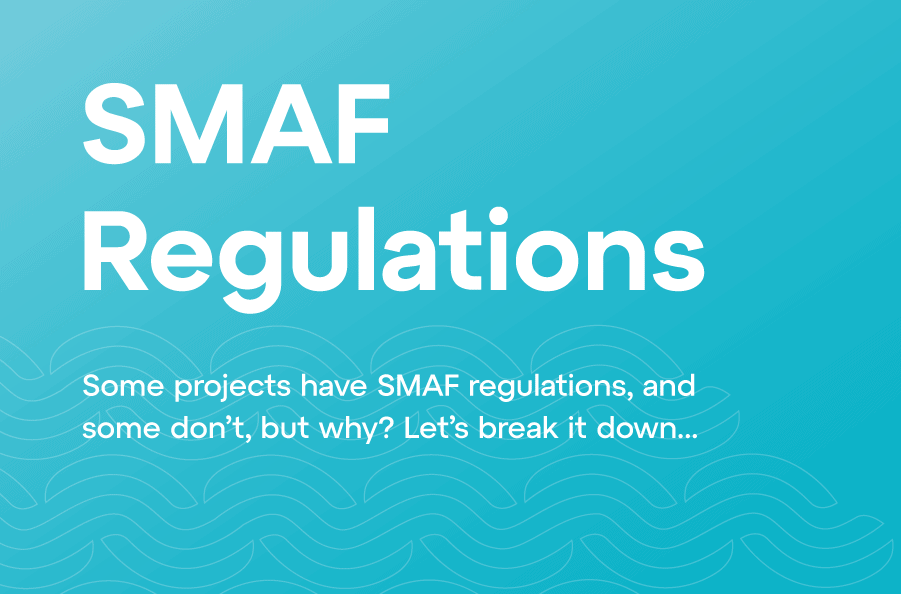Most plastic water tanks are made through a process called rotational moulding. A mixture of art, science and seemingly magic is used to turn little pellets of plastic into a functional airtight water tank.
You first need a mould, either steel or aluminium for better heat transfer, a suitable plastic mixture containing raw material and stabilisers, and a very large oven. The plastic pellets are ground into a fine powder, exactly 19kg is measured out to make a 350L Aquacomb tank and poured into one-half of the aluminium mould. It is bolted shut and attached to a large 3-axis spinning arm. The mould spends almost an hour inside the large oven slowly rotating and spinning, allowing the plastic powder inside to melt into a thick liquid and coat the entire inside of the mould.
We use polyethylene due to its properties being perfect for long-term water storage (non-reactive, strong, flexible, non-leaching). When the mould is removed from the oven it continues spinning for another 20 minutes or so while the newly born tank inside cools down. Then we can remove it and let it cool completely, at which stage we pressure test the tank to make sure it can withstand very high pressures, and check for any imperfections.
We then use a modified ultrasound machine to check the thickness of the tank walls all the way around and give it a serial number for complete traceability. The new tank can now be sent on its way to help save water for one lucky homeowner!
Check out this process for yourself in our behind-the-scenes manufacturing video below!

